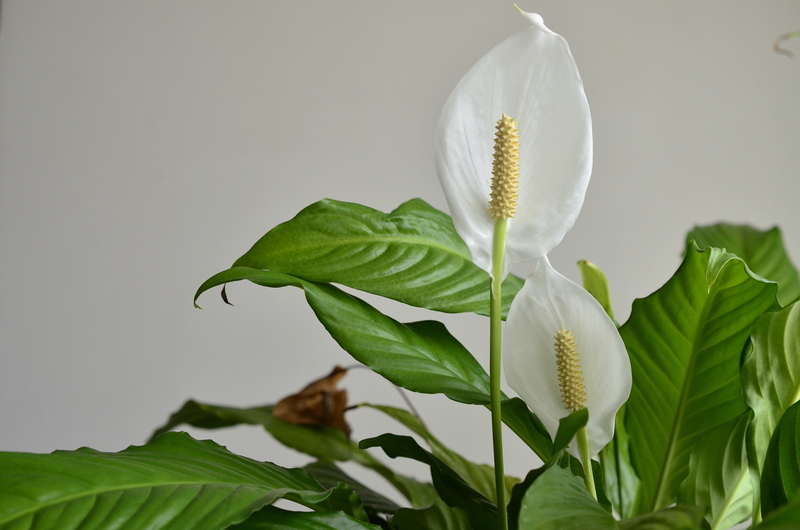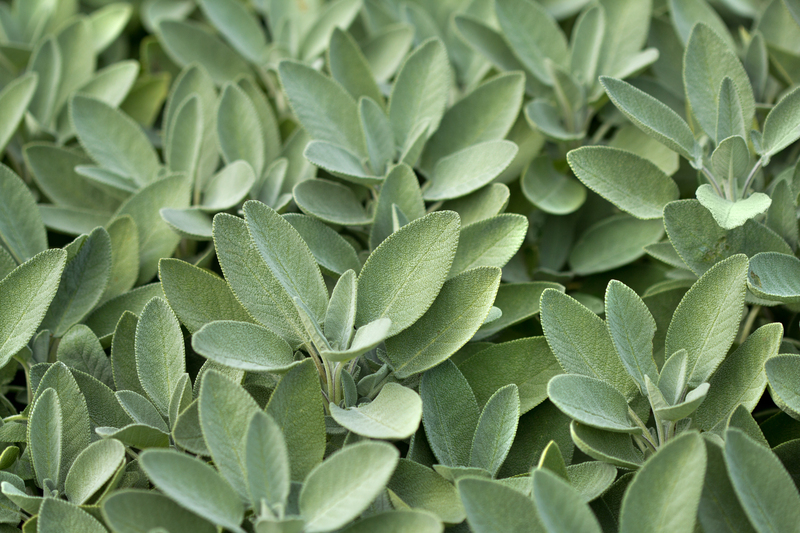Evergreen Climbers for Shade: Bringing Nature into Shady Spots
Posted on 17/06/2025

Evergreen Climbers for Shade: Bringing Nature into Shady Spots
Evergreen climbers can transform any shaded corner of your garden into a lush, green paradise. These plants are perfect for adding height, texture, and color to areas with limited sunlight, allowing even the shadiest spots to flourish. In this article, we will explore the different varieties of evergreen climbing plants suited for shady areas and provide tips on how to cultivate these beauties effectively.
The Benefits of Evergreen Climbers
Evergreen climbers offer numerous benefits for gardens, especially those with limited sunlight. Here are some of the primary advantages:
- Year-round foliage: Unlike deciduous varieties, evergreen climbers maintain their leaves throughout the year, providing consistent greenery even in winter.
- Versatile growth: These plants can grow vertically, making them ideal for covering walls, fences, and trellises, which helps to maximize garden space.
- Environmental impact: Climbing plants can provide shade, help insulate buildings, and improve air quality by filtering pollutants.
- Wildlife habitat: Many climbers offer shelter and food for birds, insects, and other wildlife, enhancing biodiversity in your garden.
Top Evergreen Climbers for Shade
Choosing the right plant is crucial for success. Here are some of the best evergreen climbers that thrive in shady environments:
Ivy (Hedera helix)
Ivy is one of the most popular evergreen climbers due to its hardiness and adaptability. It can grow in a variety of conditions, including deep shade. Ivy is perfect for creating a lush, green backdrop on walls and structures. Its dense foliage can also insulate and protect buildings from harsh weather.
Clematis armandii
This climber is known for its fragrant white flowers that bloom in early spring. Clematis armandii prefers partial shade and can thrive in sheltered locations. It adds a splash of elegant color and fragrance to your shady spots.
Trachelospermum jasminoides (Star Jasmine)
Star Jasmine offers a combination of beautiful foliage and fragrant, star-shaped flowers. This climber is ideal for shaded areas, providing a tapestry of color with its dark green leaves and vivid blooms.
Lonicera japonica (Japanese Honeysuckle)
Renowned for its sweet fragrance, Japanese Honeysuckle is a vigorous climber that can adapt to various shade conditions. Its tubular flowers are highly attractive to pollinators, making it an excellent choice for wildlife-friendly gardens.
Euonymus fortunei
A versatile and easy-to-maintain climber, Euonymus fortunei can climb walls or sprawl across the ground. It has distinctive variegated leaves that provide year-round interest. This species is particularly adaptable to partial and full shade.
Planting & Care Tips for Evergreen Climbers
Choosing the Right Location
When selecting the planting site for your evergreen climbers, consider factors such as soil quality, sunlight, and space for growth. Most evergreen climbers thrive in fertile, well-drained soil. Though they tolerate shade, some varieties need a bit of dappled sunlight to bloom optimally.
Proper Support Structure
Evergreen climbers need a sturdy support structure to cling to as they grow. This can be a wall, fence, trellis, or arbor. Ensure that the support is secure and suitable for the weight of the mature plant.
Watering & Fertilization
Once established, many evergreen climbers are drought-resistant. However, during their initial growth phase, consistent watering is essential. Fertilize regularly with a balanced, slow-release fertilizer to promote lush growth.
Pruning & Maintenance
Regular pruning is vital to keep your climbers healthy and prevent them from becoming overgrown. Remove dead or diseased branches and shape your climbers to encourage bushy growth and reinforce the support structure as needed.
Pest and Disease Management
Monitor your climbers for pests such as aphids or spider mites, and manage them using organic methods or eco-friendly insecticides. Ensuring good air circulation and avoiding over-watering help prevent fungal diseases.
Enhancing Shady Areas with Design Elements
In addition to planting evergreen climbers, consider incorporating design elements that can enhance the beauty of your shady spots:
- Lighting: Solar lights or lanterns can illuminate your climbers, creating a magical atmosphere at night.
- Seating areas: Place a bench or a chair near your climbers to create a tranquil reading nook or relaxation spot.
- Mixed planting: Layer climbers with shade-loving perennials, ferns, or grasses to add texture and interest.
In Conclusion
Incorporating evergreen climbing plants in shaded areas of your garden can breathe life and vibrancy into otherwise neglected spaces. With a bit of planning and maintenance, these plants can create a serene, leafy retreat that is both aesthetically pleasing and ecologically beneficial. By selecting the right species and providing appropriate care, you'll enjoy a lush, green garden all year round.


